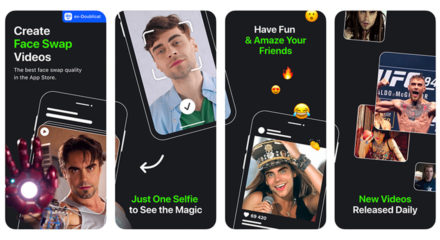
However, as Riparbelli points out, indistinguishable realism isn't necessarily the end goal here, as far as business use of the technology is concerned. And as the technology improves and becomes harder to distinguish from “real” video content, it is likely to be increasingly used for creating customer-facing videos for use in marketing or customer service. The first use cases for this kind of content in a business context are likely to be internal – I can see it being hugely useful for creating training and onboarding content, for example. Victor Riparbelli, CEO and co-founder of Synthesia, uses the evolution of social media to illustrate how business and society has moved away from using text as the primary method of storytelling, towards images, and now video: “If you take today versus five years ago, there’s so much more video and audio everywhere … we had Twitter which was purely text-based, Facebook, which had a lot of text and a few images, then Instagram, which was all about images, now you have TikTok which is only video … if you look at the user interface, there’s almost no text.” Of course, this also makes it super simple to create multiple versions of videos in different languages, too!


If changes need to be made to the video at a later date, the avatar can simply be given a new script. Once the avatars are selected, words can be literally put into their mouths simply by typing out a script for them to read in any one of 65 supported languages. Founded five years ago, it currently allows customers to create AI-generated videos, either featuring actors or realistic-looking avatars real people. One company that’s already making this possible is Synthesia, which bills itself as the world’s largest AI video generation platform.


 0 kommentar(er)
0 kommentar(er)
